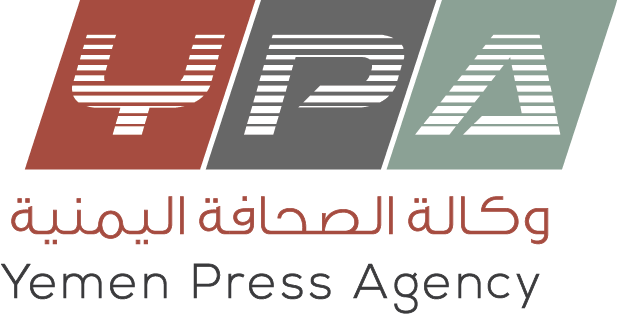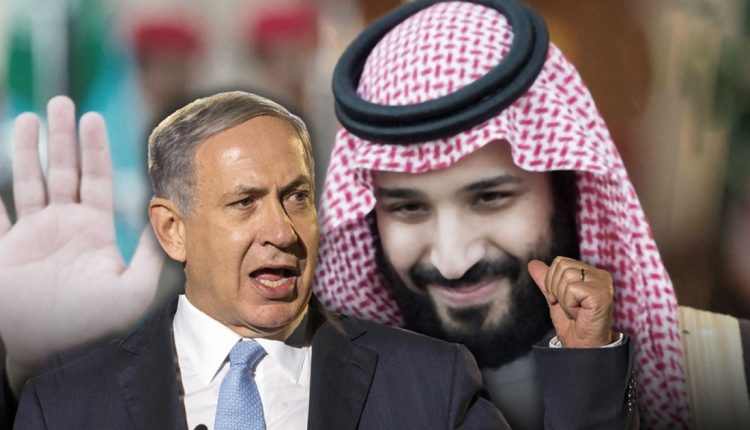SANAA, Sept. 05 (YPA) – In a pivotal moment in regional events, where interests intersect and alliances shift in a highly complex political landscape, dramatic changes in Saudi Arabia’s foreign policy have emerged.
These changes reveal new priorities that place Yemen in the category of the most dangerous enemy, explaining Riyadh’s moves to support the temporary “Israeli entity.”
Riyadh no longer hides its inclination to cooperate with the Israeli occupation. Instead, it is dedicating part of its military capabilities, particularly its air force, to protect the security of this entity. This new dynamic is a stark contradiction to its declared positions on the Palestinian cause and confirms that the true compass of its foreign policy is to confront what it considers a direct threat from Yemen.
This shift reveals a new strategic vision that goes beyond the historical dimensions of the Palestinian cause, prioritizing security concerns. Regional alliances are no longer built on traditional ties but on shared interests and perceived threats. Therefore, any support provided to Yemeni parties is merely part of a larger plan to gain control over the Yemeni scene, even if the price is aligning with a historical enemy and overlooking the occupation’s crimes against the Palestinian people.
Over the past 48 hours, Saudi Arabia has intensified its aerial presence in its border regions with Yemen, specifically in areas adjacent to territories controlled by the Sanaa authorities. It has also placed its air force on high alert to intercept any Yemeni attacks against “Israel” under the pretext of protecting Saudi airspace.
In this context, the Lebanese newspaper “Al-Akhbar” quoted a knowledgeable military source as saying that “the Saudi air mobilization is part of the Saudi-American-Israeli cooperation,” noting that “Saudi Arabia, along with other Arab countries, has dedicated its air force to protecting the occupation, while remaining silent about the genocide the Palestinian people have been subjected to for two years.”
Entangled Responsibilities
Although this is the first time Riyadh has deployed its fighter jets near the border with Yemen to intercept Yemeni missiles and drones launched towards the occupation, this trend emerged simultaneously with a statement from the Gulf Cooperation Council (GCC) foreign ministers’ meeting in Kuwait. At Saudi Arabia’s request, the statement condemned the Yemeni naval operations in the Red Sea.
The airspace on the Yemeni-Saudi border has witnessed unprecedented activity, marked by an intensified presence of warplanes and heightened air alert status.
These maneuvers were not in response to a direct escalation from Sanaa but came under the pretext of “protecting Saudi airspace” from attacks targeting the entity. This positioning casts a shadow on the nature of the relationship between Riyadh and Washington and suggests that the Saudi air force has been assigned an undeclared role in the regional air defense network, which works to secure the strategic interests of the United States and its ally in the region, “Israel.”
This new aerial coordination raises questions about Riyadh’s objectives. While it has remained silent on the ongoing genocide of the Palestinian people, it is accelerating its steps to secure the airspace of those who are being bombed by Sanaa’s forces.
This double standard cannot be separated from the complicity revealed by informed military sources. They described the Saudi air mobilization as an integral part of the tripartite Saudi-American-Israeli cooperation, especially as this shift coincides with the GCC statement, issued at a Saudi request, condemning Sanaa forces’ naval operations in the Red Sea. This direct link between the political stance and military action clarifies the extent of the growing behind-the-scenes coordination.
No Red Lines
In this volatile scene, the operations of Sanaa’s forces emerge as a crucial factor in changing the equations.
According to military experts, the intensive missile and drone operations in the heart of the Zionist entity and the Red Sea are merely a prelude to a new phase. This escalation, which has been dubbed “no red lines ahead,” reflects a new military strategy that transcends traditional lines of conflict and confirms that the response to crimes will not be limited to specific borders but will escalate unpredictably.
This worsening situation reflects the complexity of the current situation, where interests clash and agendas overlap, highlighting that the region is a focal point where alliances are tested and maps of regional influence are redrawn.
YPA


